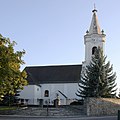
Alberschwende is a municipality and a village in the district of Bregenz in the Austrian state of Vorarlberg.

Weiz is a town in the eastern part of the Austrian state of Styria.
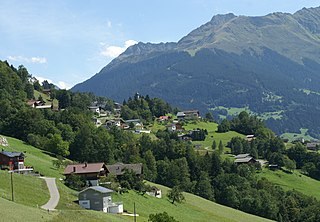
Bartholomäberg is a municipality and a village in the district of Bludenz in the Austrian state of Vorarlberg.

Zwischenwasser is a municipality in the district of Feldkirch in the Austrian state of Vorarlberg.

Lassee is a town in the district of Gänserndorf in the Austrian state of Lower Austria.
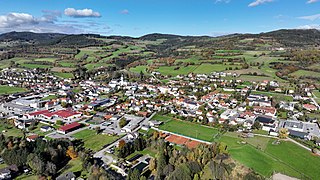
Pöggstall is a town in the district of Melk in the Austrian state of Lower Austria.

Herzogenburg is a town in the district of Sankt Pölten-Land in the Austrian state of Lower Austria.

Bludesch is a municipality in the district of Bludenz in the Austrian state of Vorarlberg.

Raggal is a municipality in the district of Bludenz in the Austrian state of Vorarlberg.

Sankt Gallenkirch is a municipality in the district of Bludenz in the Austrian state of Vorarlberg.

Silbertal is a municipality in the district of Bludenz in the Austrian state of Vorarlberg.
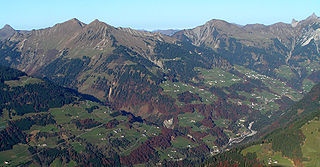
Sonntag is a municipality in the district of Bludenz in the Austrian state of Vorarlberg.

Höchst is a municipality in the district of Bregenz in the Austrian state of Vorarlberg.

Koblach is a municipality in the district of Feldkirch in the Austrian state of Vorarlberg.

Mäder is a municipality in the district of Feldkirch in the Austrian state of Vorarlberg.

Röns is a municipality in the district of Feldkirch in the Austrian state of Vorarlberg.

Schnifis is a municipality in the district of Feldkirch in the Austrian state of Vorarlberg.

Übersaxen is a municipality in the district of Feldkirch in the Austrian state of Vorarlberg.
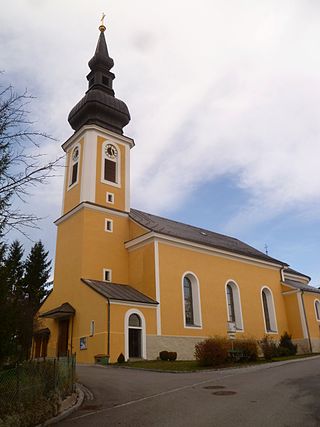
Altschwendt is a municipality in the district of Schärding in the Austrian state of Upper Austria.

Bad Waltersdorf is a spa town in the district of Hartberg-Fürstenfeld in Styria, Austria.



